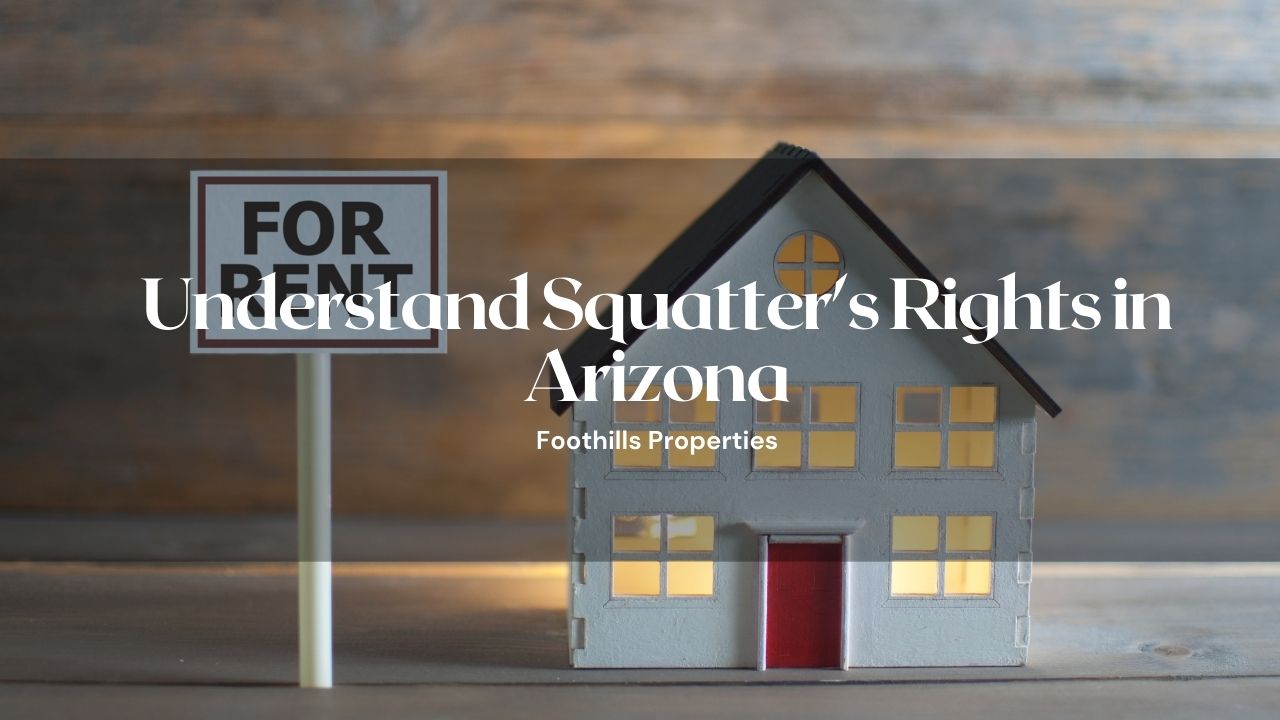
Squatter’s rights and adverse possession are two legal concepts every landlord should know. When a property sits empty, the risk of someone moving in without permission increases. Understanding how these laws work can protect your investment and prevent expensive legal battles.
In Arizona, squatting cases are not common, but they do happen. Knowing how to recognize the difference between squatting and trespassing, as well as the legal steps involved in removing a squatter, helps landlords stay ahead of potential problems.
What Squatting Really Means

Squatting means occupying a property without the owner’s permission. It may sound straightforward, but legally it is different from trespassing. Trespassing is a criminal offense, while squatting can sometimes lead to legal rights if certain conditions are met.
Through adverse possession, squatters can potentially claim ownership if they have openly, exclusively, and continuously occupied the property for a specific number of years. They must also make it clear to others that they are living there, not trying to hide it.
Squatting vs. Trespassing
The distinction between squatting and trespassing matters for landlords. Trespassers are unlawfully present with no chance of gaining ownership. Squatters, on the other hand, may eventually be able to claim rights if they meet all legal requirements, such as hostile possession, open and notorious use, and continuous occupancy.

Because of this, it’s smart to take steps early to secure your property and reduce the risk of disputes. Strong leases, clear communication, and strategies to prevent tenant damages are some of the best ways to protect your rental.
Protecting Your Property

The easiest way to avoid a squatting situation is to keep your property secure and occupied. If the home is vacant, routine security checks can make a big difference. Many landlords work with property managers who handle inspections, marketing, and maintenance, which helps minimize the chance of unauthorized occupants. When renting to new tenants, it’s essential to use a carefully written solid lease agreement that clearly defines occupancy rules and procedures. This protects both parties and makes it easier to take legal action if needed, and for first-time landlords, reviewing advice on renting out your house can help make the process much smoother.
What to Do if You Find a Squatter
If you discover someone living in your property without permission, do not try to remove them yourself. This can create legal risk and make the situation worse.

Start by serving a written notice to vacate. If the squatter does not leave, the next step is to file for eviction through the courts. Working with an attorney can help ensure that each step follows Arizona’s legal requirements and that the process moves forward without unnecessary delays. Reviewing Arizona’s eviction laws can also provide a clear understanding of what to expect during the proceedings.
Final Thoughts
Squatting cases can be rare but stressful. Staying proactive with a secure property, well-drafted lease agreements, and professional support is the best way to avoid problems.
Ready to protect your investment and keep your property occupied? Schedule a free consultation with our team today and get expert help from Tucson Foothills Properties.








